If your health is suffering, your gut may be to blame. Check out this list of the four most common gut problems people face – and how to fix them.
Gut health might be trending, but it’s certainly not a new concept. Hippocrates, the father of Western medicine, once noted that all disease begins in the gut. Yet somehow we’ve lost sight of this ancient wisdom, and chronic diseases are at an all-time high.
Science repeatedly demonstrates the importance of a healthy gut for preventing disease. (1, 2) Interestingly, people are still often surprised to learn that their chronic disease stems from an underlying unhealthy gastrointestinal system.
Do you struggle with bloating, gas, constipation, or other digestive issues? We’ve created a FREE guide to healing your gut naturally.
Click here to get your FREE copy of our Digestion Guide!
Adding insult to injury, the symptoms of an unhealthy gut are often confused for other seemingly unrelated conditions like skin problems, allergies, autoimmunity, obesity, chronic diseases, inflammation, dental problems, body pain, joint problems, infertility, and more.
Unraveling your own personal gut problems can be a little bit like opening Pandora’s box, but it doesn’t have to be that way. Join my 30DC: 30 Day Paleo Challenge and I’ll help you to start reclaiming your gut health today!
How to Fix the Four Most Common Gut Problems
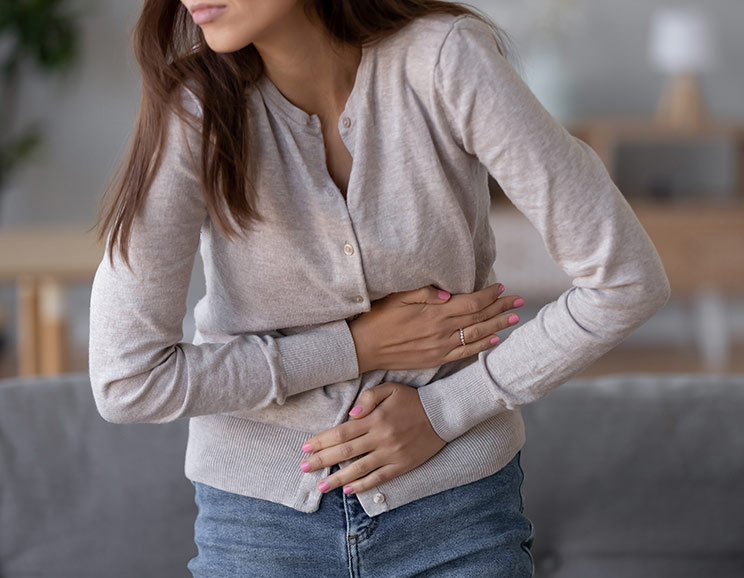
Everyone’s gut is a little different. In fact, your gut is as unique as your fingerprint! (3) However, there are common conditions and imbalances that constitute the majority of modern gut health issues.
Here are the four most common gut problems that people suffer from, how to tell if that’s what’s ailing you, and steps you can take to get your gut health back on track.
1. Leaky Gut
What is it?
Leaky gut is when your intestines develop tiny holes that create a passage for gunk (like bacteria and undigested food) to be released into the bloodstream. When these foreign particles enter the body, the immune system produces inflammation as a response.
What it can lead to
It is theorized that a leaky gut can lead to several different symptoms, conditions, and disease states that are often unrelated to the gastrointestinal system, such as: (4, 5, 6, 7, 8, 9)
- Autoimmune disease
- Thyroid disorders
- Diabetes (type 1 and 2) and insulin resistance
- Many types of cancer
- Cardiovascular diseases
- Periodontal conditions
- Urinary conditions
- Respiratory disorders (asthma and others)
- Reproductive disorders and infertility
You might be experiencing
- Any of the above conditions
- Food allergies/intolerance/sensitivity
- Joint and body pain
- Skin problems
- Liver issues
- Obesity
- Digestive symptoms
Common causes of leaky gut
- Eating grains and legumes
- Drinking alcohol
- Certain drugs, like NSAIDs, aspirin, antibiotics, and birth control
- Dysbiosis
- Consuming foods you’re sensitive to
- Stress
- Poor digestion
- Poor oral hygiene
The Fix
Cleaning up your diet is super important. Try my 30-day Paleo challenge to reset your system and start healing your leaky gut. You can also make sure you’re getting plenty of nutrients and herbs that can repair the gut wall, such as glutamine, aloe vera, slippery elm, deglycyrrhizinated licorice, marshmallow root, and bone broth. (10, 11, 12)
2. Dysbiosis
What is it?
Dysbiosis is an imbalance in the gut flora, which is made up of trillions of organisms. There should be mostly beneficial strains of these critters living within us, and when the bad guys outnumber the good, troubles can arise. (13, 14, 15, 16, 17, 18)
What it can lead to
- Allergies
- Alzheimer’s
- Arthritis
- Autoimmune diseases
- Bacterial, fungal, viral, yeast, or parasite infections
- Depression and anxiety
- Diabetes
- SIBO (Small Intestinal Bacterial Overgrowth)
- Obesity
You might be experiencing
- Brain fog, depression, anxiety, and mood swings
- Cravings for sugar or carbs
- Dental problems
- Digestive problems, like diarrhea, constipation, bloating or gas
- Fatigue
- Skin conditions
Common causes of dysbiosis
- Poor digestion (see the next gut problem)
- Eating too many carbs
- Overuse of antibiotics
- Not enough fermented and cultured foods in the diet
- Lack of diet variety
The Fix
The fix is often two-part. First and foremost, a change in diet is almost always warranted. You might want to start with a Paleo diet, then move to a low/no-carbohydrate diet, low FODMAP diet, or GAPS diet if gut problems persist. The second step involves treating the underlying infection (either with herbal or pharmaceutical antibiotics). Specific GI testing or organic acid testing can help your doctor identify specific microbial overgrowths to direct treatment. (19, 20)
3. Impaired Digestion or Absorption
What is it?
Digestion and absorption are the two main roles of the gastrointestinal (GI) system. The GI tract runs from your mouth to “down south”, and gut problems can arise anywhere along this line.
Common GI issues include hypochlorhydria (low stomach acid production) which results in undigested proteins. Stomach acid is needed to release the bound minerals inside those proteins so our bodies can absorb them.
After digestion in the stomach is complete, food is passed to the small intestine where it’s met by digestive enzymes from the pancreas and bile from the gallbladder, which are needed to finalize the digestion of food. If there is a deficiency of pancreatic enzymes or bile, food will not be completely broken down and as a result, may pass through your system intact, leading to malabsorption. (21)
What it can lead to
- Malnutrition
- Poor digestion
- Weight loss or weight gain
- Blood sugar disorders
- Conditions like osteoporosis, anemia, amenorrhea, IBS, IBD, memory problems, muscle wasting, numbness in hands and feet, and organ problems (22, 23, 24, 25)
You might be experiencing
- Incomplete digestion (you might see undigested food or oils in your stool, diarrhea or constipation)
- Weakness and fatigue
- Sore tongue
- Heartburn
- Gas, bloating, cramping, stomach pains, and other digestive symptoms
Common causes of impaired digestion and absorption
- Not chewing your food thoroughly
- Eating too quickly, when stressed, or while standing up
- Chronic stress
- Antibiotic use
- Conditions such as Celiac disease, Crohn’s disease, and others
- Motility problems (food is moving either too quickly, or too slowly through your GI system)
The Fix
- Chew your food thoroughly – especially those sweet potatoes! The majority of digestion, especially carbs, takes place in the mouth.
- Sit down, relax, and take your time when eating.
- Don’t drink liquids with meals, as it can dilute stomach acid.
- Support stomach acid production by taking raw apple cider vinegar or herbal bitters just before meals.
- Try supplementing with digestive enzymes, ox bile, liver support, and other supportive nutrients and herbals.
- Keep your stress levels low. Try yoga, meditation, or a daily walk.
4. Histamine Intolerance
What is it?
Histamine is a natural compound in the body released during allergic and inflammatory reactions. Certain foods also contain small amounts of histamine, like aged cheeses, vinegar, chocolate, beans, shellfish, alcohol, fermented and pickled foods, and many others. When too much histamine accumulates in the body and is unable to break down, it can cause problems like skin conditions and headaches. Histamine intolerance affects a little more than one percent of the population, with studies finding that it mostly affects middle-aged women. (26)
Some people’s histamine intolerance is related to genetic issues, such as DAO deficiency. DAO (diamine oxidase) is an enzyme in the body that breaks down histamine. Some people do not produce enough of this enzyme; similar to those with lactose intolerance who do not produce enough of the lactase enzyme.
The only way to know for sure if you have a histamine sensitivity is by conducting an elimination diet by avoiding histamine-containing foods to see if symptoms improve. Be aware that the Paleo diet may not be appropriate for people with histamine intolerance as many Paleo foods contain natural histamine.
What it can lead to
The condition of histamine intolerance can lead to skin problems, digestive issues, and even mental health issues. These symptoms are generally unrecognized by the medical community as related to histamine. (27, 28)
You might be experiencing
- Skin conditions, like hives or itchy skin
- Headaches or migraines
- Anxiety
- Food allergies
- Allergies or sinus issues
- Nausea
- Heart racing
- Vertigo
- Breathing problems
- Difficulty sleeping
- Fatigue
- Tissue swelling or inflammation
- High or low blood pressure
- Digestive issues
Common causes of histamine intolerance
- DAO (diamine oxidase) enzyme deficiency
- Dysbiosis or SIBO
- Poor digestive function
- Histamine-rich foods
- Gastrointestinal disorders like leaky gut and IBD
- Certain medications
The Fix
A low-histamine diet is at the forefront of treatment for the condition. (29) This involves removing high histamine foods and focusing on food preparation methods that minimize histamine production. An elimination diet can be particularly helpful to identify triggers that are often not obvious or easily identifiable. Treating underlying digestive issues and dysbiosis is also critical.
If you have a DAO deficiency, you may benefit from supplementing with the DAO enzyme before eating histamine-rich meals.
What the Gut!?
By now you might be thinking: “What the gut!? Is having a healthy gut rarer than gold? Why are so many people suffering from an unhealthy gut?” While the answer is complex, it can basically be simplified down to this: modern living.
This world we live in is full of chemicals, processed and refined foods, GMOs and sugar in every possible form. We’re not getting enough fiber, we lack variety in our diets, and eat too quickly. We’re using antibacterial cleaners in our homes and antibiotics and countless other medications to treat the symptoms of our medical problems. On top of that, we’re under a relentless amount of stress and don’t get enough exercise or interaction with our environment. Plus, we’re sleeping poorly! All of these factors (and many more) can quite literally change the composition of our microbiome. Over the course of many years, this neglectful behavior towards our bodies can send us into a serious state of imbalance, predisposing us to an unhealthy gut and subsequently a number of chronic diseases.
Before you throw in the towel, you should realize that having a healthy gut is not as difficult as you might think. A return to an ancestral way of living and eating is ultimately the solution to achieving and maintaining a healthy gut and optimal health.
Heal Thy Gut
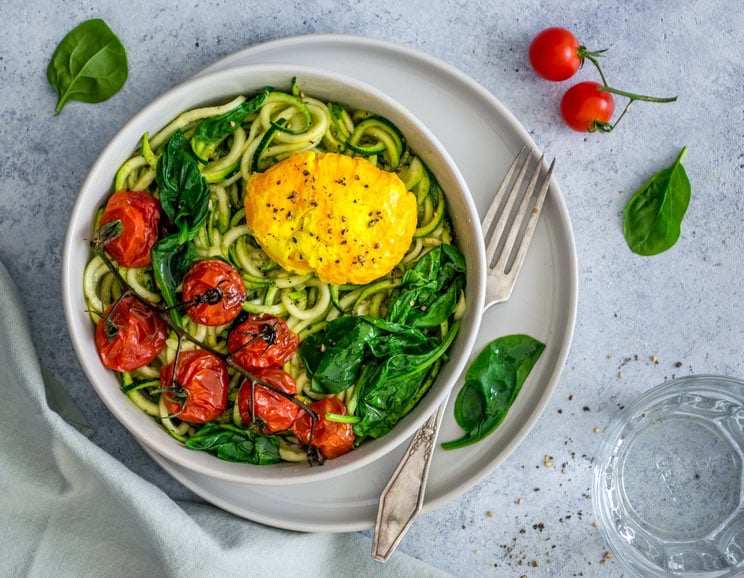
The good news is that your gut can heal, and in fact, the body spends a large amount of energy to completely replace the gut lining every week or so. (30) Our bodies are quite literally designed to fix our gut lining, but if we are continually exposing ourselves to gut irritants, we will be perpetually stuck in a battle state. When given the right ingredients, the gut will heal. In order to create space for this healing to occur, we must remove the triggers that are contributing to our gut problems in the first place.
How do I know? Well, I lived through this myself. After being diagnosed with multiple autoimmune diseases, I made the connection between diet, lifestyle, and disease and immediately turned my health around to put my conditions into remission. I did this by eating a varied Paleo diet avoiding the main triggers of my leaky gut like grains, dairy, and legumes.
If you need some guidance hacking your gut health, I’d love to help you out! In my 30-day Paleo Challenge, I’ll walk you step-by-step through restoring your gut health, one delicious bite at a time. Enrollment is limited and my 30-day guided challenge is starting soon – I hope to see you there!
Click here to join the 30DC: 30 Day Paleo Challenge!
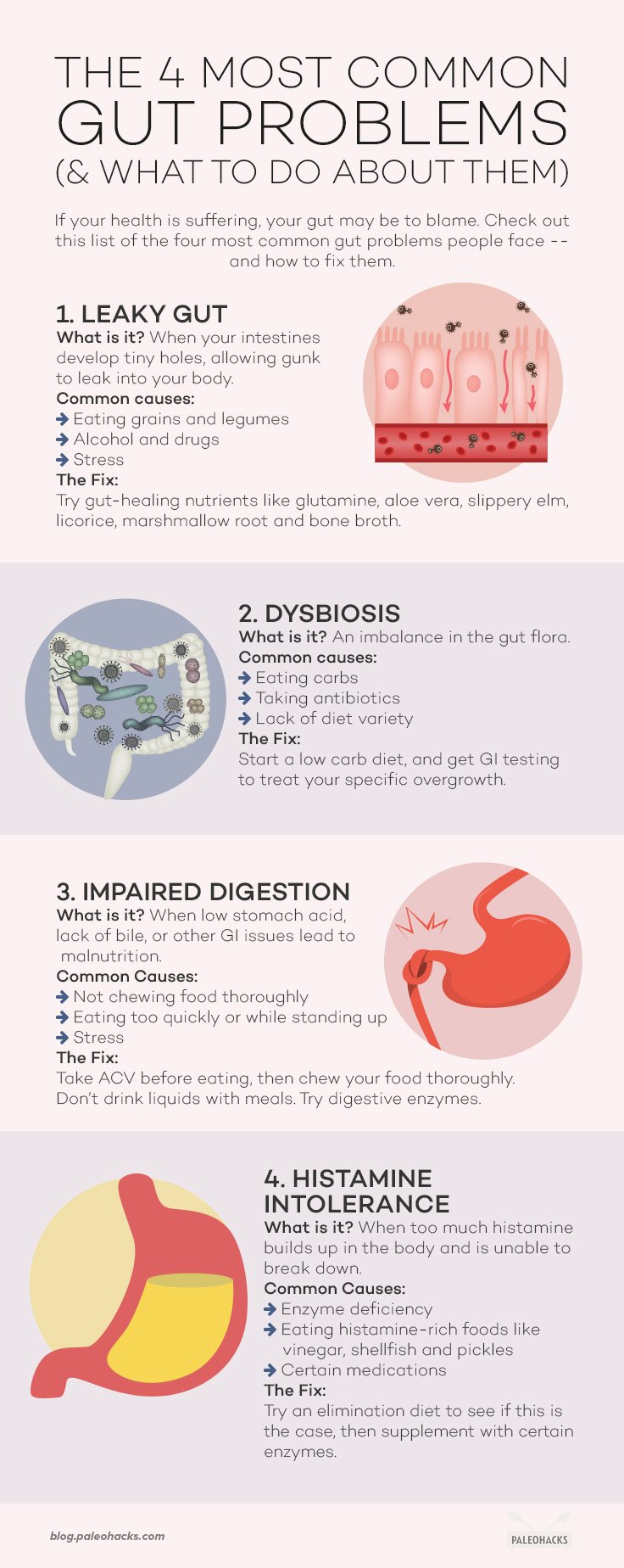


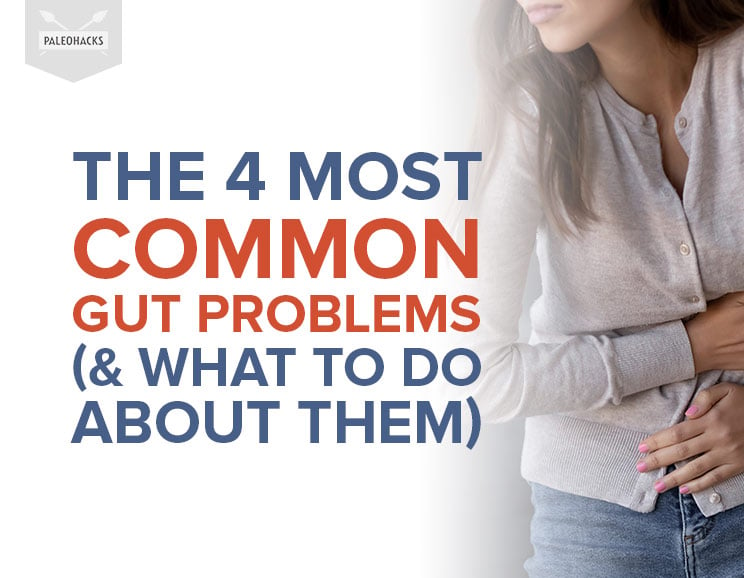
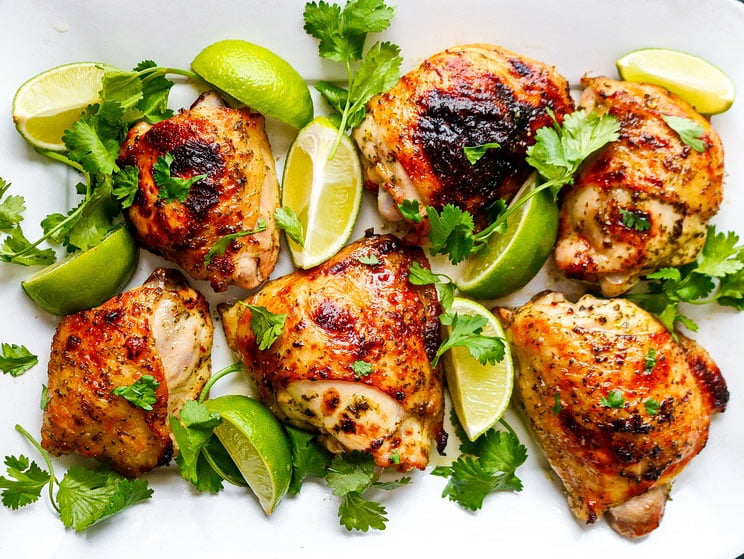 Mojo Chicken in a Spicy Citrus Marinade
Mojo Chicken in a Spicy Citrus Marinade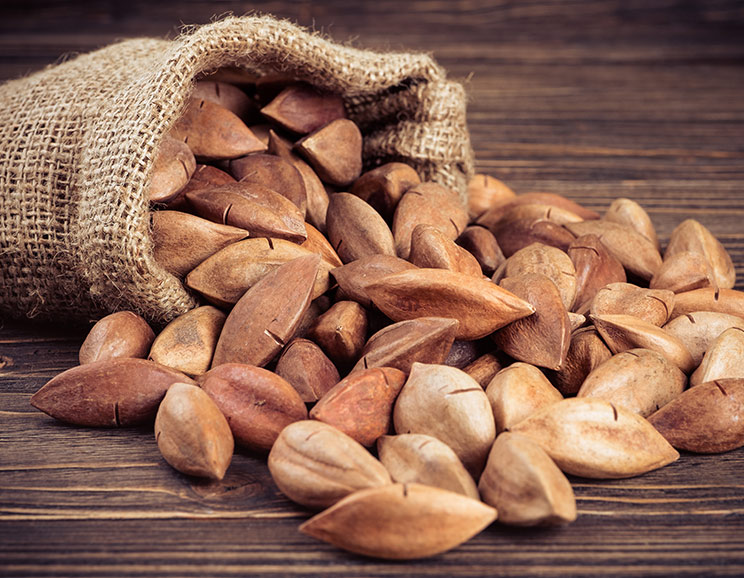
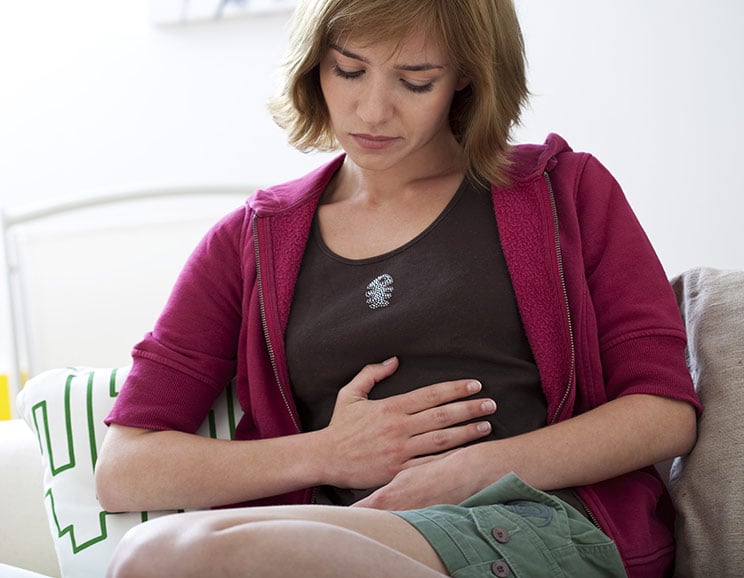

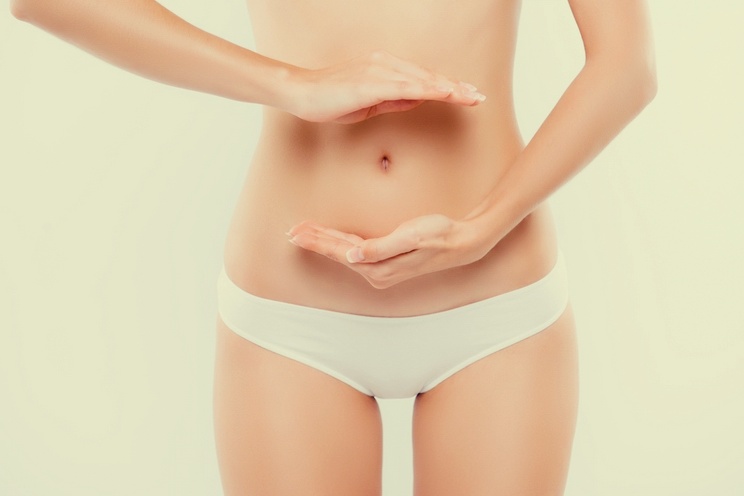
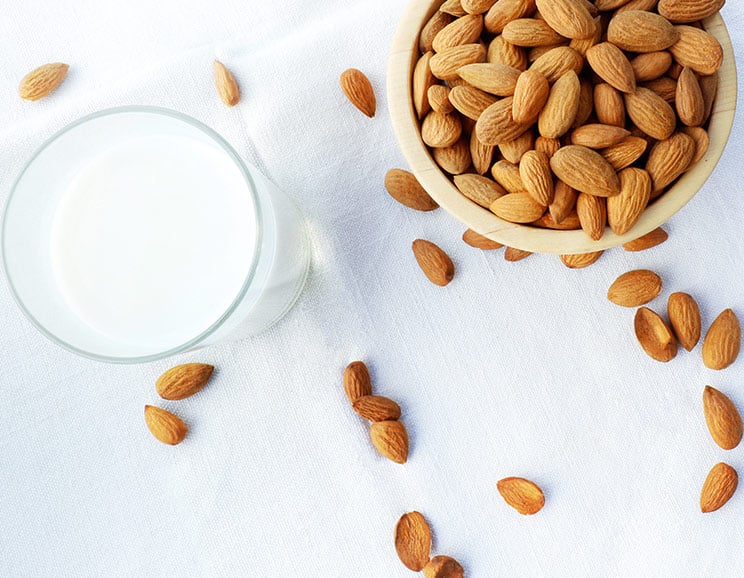


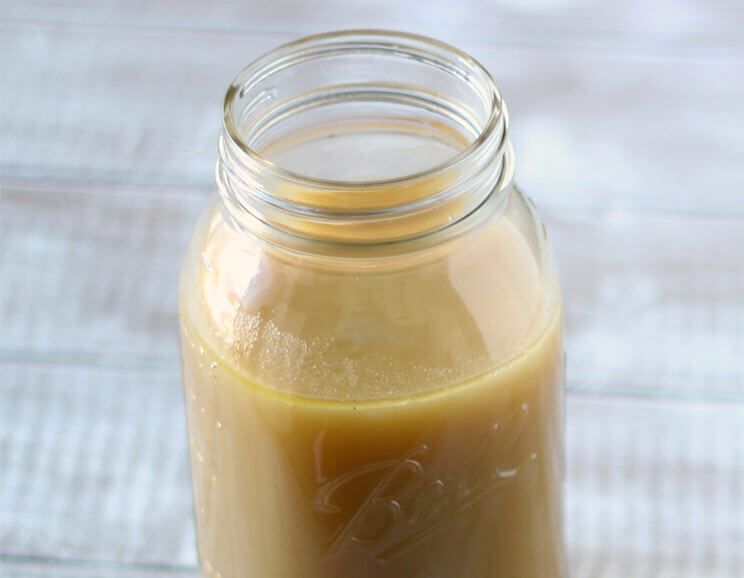
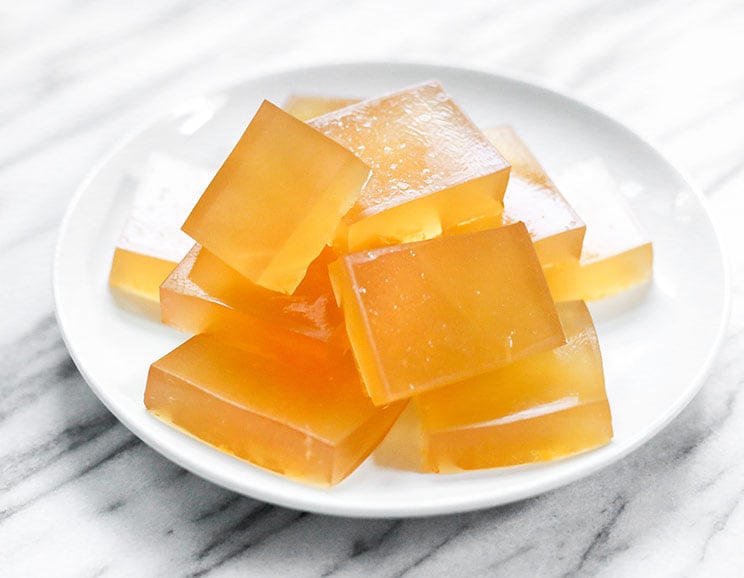
Show Comments